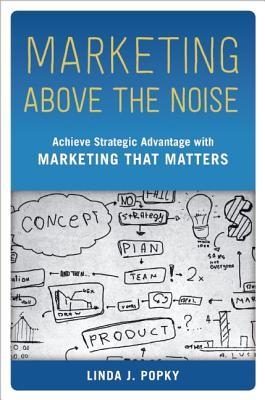

“Your Self-Sabotage Survival Guide – How to Go from Why Me? To Why Not?” by Karen Berg (Career Press, $15.99).
Berg’s coaching experience has shown her that many people in business feel they “are working harder and harder and still getting nowhere.” When they don’t see progress, their attitude shifts from positive to “it is what it is.”
Acceptance of their situation means they settle for doing an OK job, not a great one. The result: negative thinking, lack of focus, risk aversion and procrastination, which lead to even less progress. Their self-sabotage, career death spiral perpetuates itself.
How do you climb out of the hole you’ve dug? SPARC – “Strategy, Purpose, Analysis, Rehearsal, Commitment.” Together they bring focus to your self and your work.
Strategy involves drilling down to what’s important — now and down the line. Berg advises making a list of five elements of your life requiring attention. For clarity, each of your five elements should have three reasons that make these elements important.
With your perspective on importance, you can identify paths. Purpose and analysis help you evaluate alternatives, determine approaches, set priorities and create a list of make-it-happen actions.
Rehearsal requires reviewing your paths and identifying obstacles (e.g. people, resources, knowledge, deadlines, etc.). It helps you flesh out the things that must be done to move you from where you are to where you want to be.
Great actors don’t rehearse simply to learn their lines. They rehearse to bring their character to life. By immersing themselves in the nuances of the character, they commit to becoming the character. Without commitment, plans will fail.
How to implement SPARC? Surround yourself with role models who help bring out the best in you. Berg calls them SPARC buddies because they’ll spark thinking, adaptation and execution. Think of them as sounding boards, not cheerleaders. They won’t tell you what you want to hear; they’ll tell you what you need to know to move forward. They not only help you set your course, they also help you keep on course and stay the course.
The bottom line: If you want to increase your momentum, get out of your way.
“Marketing Above the Noise: Achieve Strategic Advantage with Marketing That Matters” by Linda J. Popky (Bibliomotion, $27.95).
Popky believes that measuring the marketing’s effectiveness in terms of followers, clicks, ‘shares’ and ‘likes’ does not mean business success. She points out that social media isn’t a strategy; it’s one of many marketing tactics.
Marketing strategy dovetails from a “business strategy that effectively anticipates customer, market, technology and business needs.” Strong brands are built by: 1. Understanding who your customers are, “what they need, want and desire, and how you can help them.” 2. Providing a high-quality product/service that customers can always count on.
Brand-building feeds from conversations, content and community. The Web allows us to converse with customers in real time, and so does point-of-sale. The object of such conversation shouldn’t be telling the customer about the product. You need to ask questions that will allow you to evaluate your product from a customer’s perspective.
Most businesses think of content as information the customer needs to know about products. What about content that helps customers (particularly B2B customers) indirectly? Popky cites American Express’s OPEN Network (americanexpress.com/us/small-business/business-resources/) as an example. It provides small business owners with information (e.g. getting customers, planning for growth, managing money, building your team, etc.) they can use to build their business.
Communities are online gathering places where people exchange information. They don’t exist because companies want them. Communities form because “like-minded individuals come together of their own accord.” While they’re outside the business system, business participation can help deepen the understanding of the customer base and communicate the value brought to the customer. Immutable marketing truth: “Define the core message and create the brand assets.”
Jim Pawlak is a nationally syndicated reviewer of business books.






